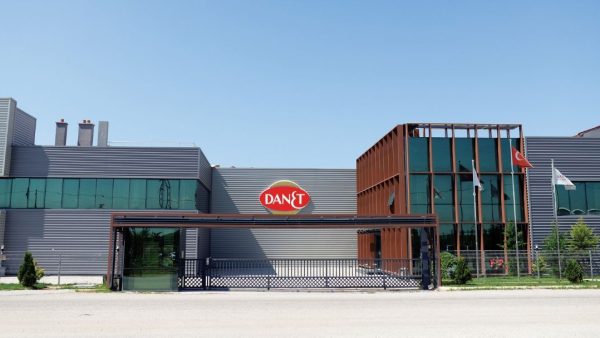Network Virtualization
Network virtualization is the capability to create logical and virtual networks independently of the underlying network hardware. This technology enables better integration and support of the network with increasing virtual environments. By virtualizing network components, virtual networks provide the same functionality as physical networks, allowing you to create more virtual networks with less hardware.
Special Offers for Your Project and Company
Our expert team is always ready to help.
Network virtualization can be achieved through methods that combine multiple networks or network segments using external virtualization or software containers running on a network server. On the other hand, internal virtualization is a method that provides network-like functionality within a single network server. In software testing and software development processes, network virtualization is used to simulate where software will run in network environments.
It also allows applications, services, dependencies, and connections between end-users to be tested in a simulated environment. This enables accurate evaluation of the software in the correct environment without the need for physical testing in all hardware or system software. The validity of the test depends on the accuracy of network virtualization in mimicking real hardware and operating systems.
What Aeris Offers with Network Virtualization
Aeris enables you to focus on technology by solving network-building problems in data centers. It helps you programmatically centralize and manage the network as desired without the need for physical infrastructure intervention. This approach allows organizations to easily deliver, scale, and adjust workloads and resources to meet evolving information technology needs. Aeris’ solutions simplify data center operations, increase efficiency, and provide a competitive advantage for your organization.
Advantages of Network Virtualization
Data center virtualization reduces hardware and energy costs, providing cost savings to businesses. Additionally, it minimizes the risk of data loss, ensuring easy data recovery, and optimizes resources in the data center by reducing the need for physical equipment.
Data center scaling provides benefits in areas such as reporting, optimization, load balancing, and flexibility, allowing system resources to be used more efficiently while preventing unnecessary resource utilization.
It provides ease of management by allowing multiple servers and components to be managed and monitored from a single point. This minimizes workforce loss.
Data center virtualization consolidates, demonstrates an environmentally friendly approach, and plays an important role in business continuity.
The ability to provide services with less physical equipment yields significant gains in climate control and energy savings. With these advantages, it offers businesses cost savings, efficiency, flexibility, and an eco-friendly data center solution.
External Network Virtualization
External network virtualization is a method for improving the efficiency of large-scale networks or data centers by merging local area networks (LANs) into virtual networks or dividing them into subnets. Virtual Local Area Network (VLAN) and network switches are the fundamental components of this technology. A system administrator can configure the same systems connected to the same physical network into different virtual networks. On the other hand, an administrator can extend the scope of a large network by combining systems from different local area networks (LANs) into a single VLAN segment. This allows network resources to be used more efficiently and simplifies network traffic management.


Internal Network Virtualization
Internal network virtualization configures software to simulate a single system’s physical network using components such as software containers or pseudo-interfaces. This technology can enhance the efficiency of a single system by separating applications into separate containers or pseudo-interfaces. For example, using software containers such as Xen hypervisor control programs or pseudo-interfaces like VNIC, you can isolate and optimize network traffic between applications on a single system.







